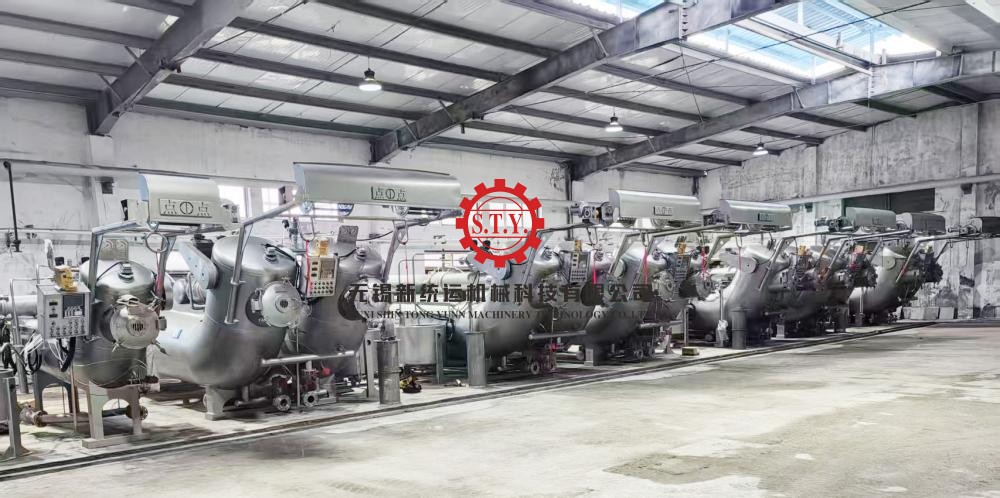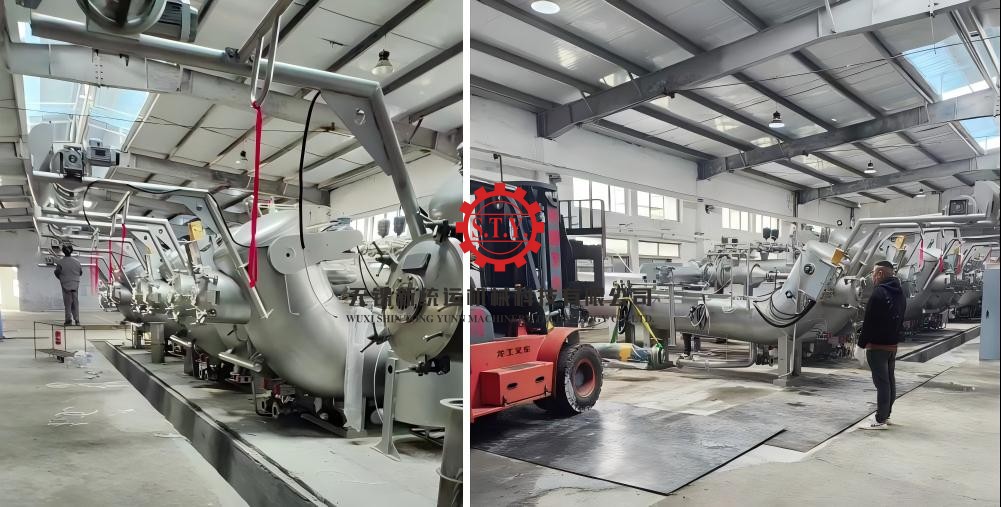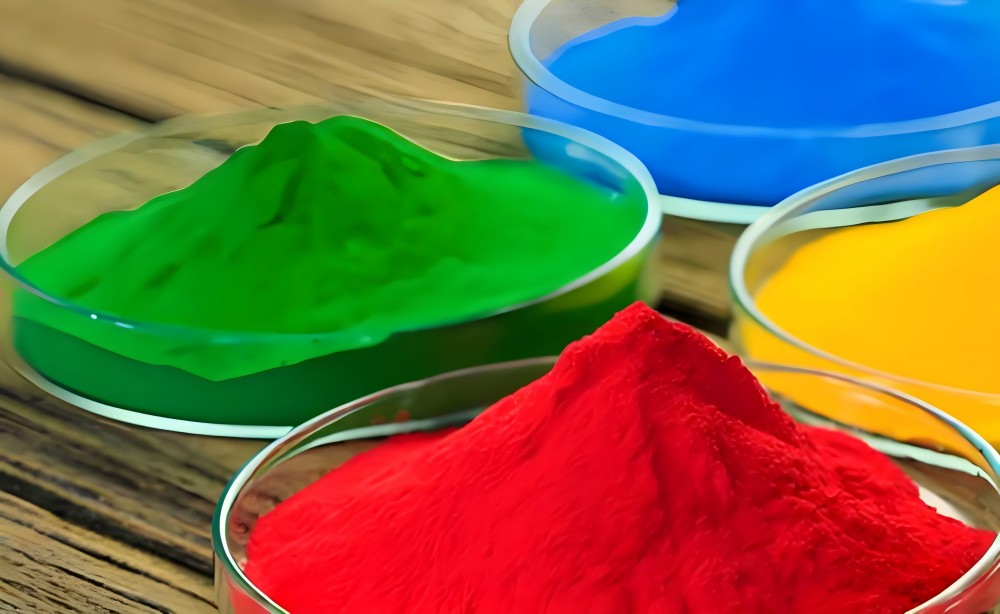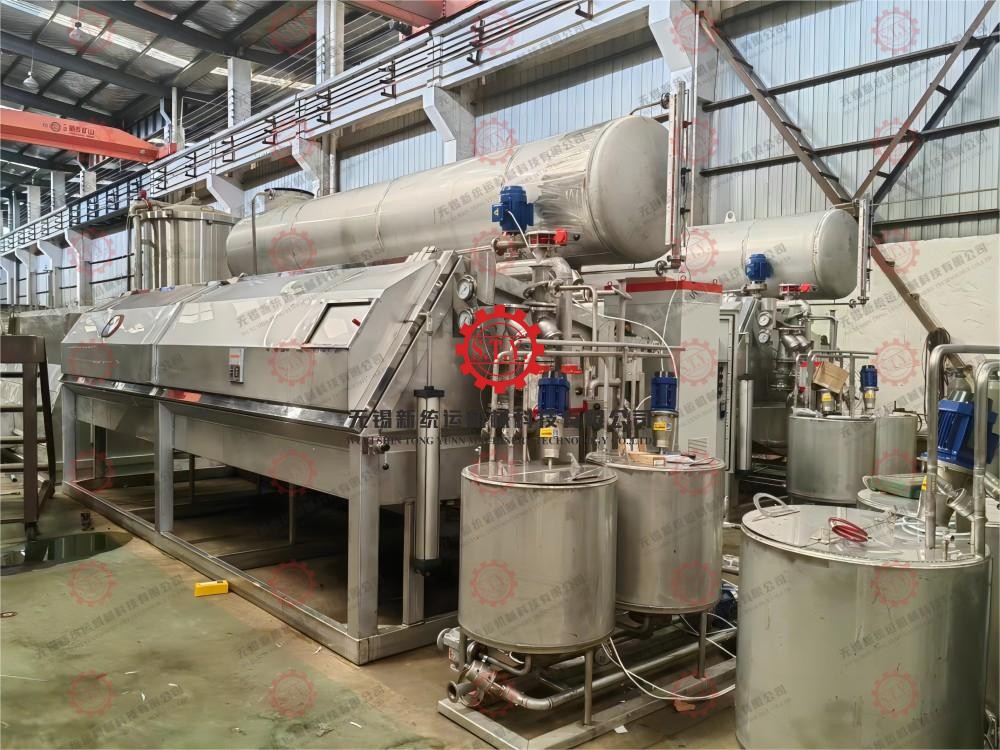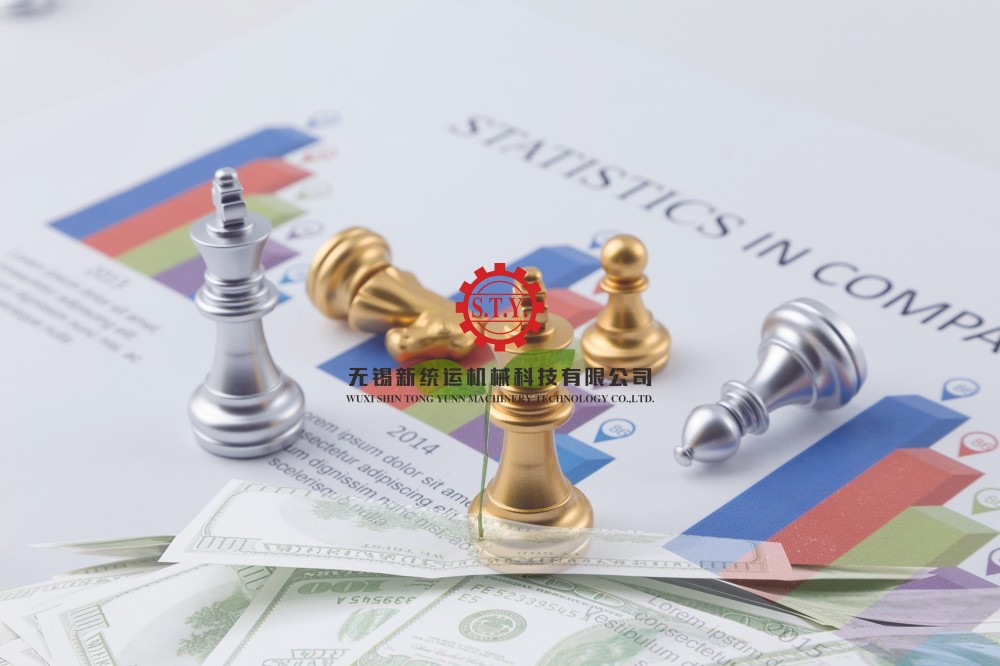Fabric Shrinkage Control Guide: Prevent 23% Quality Issues in Dyeing and Finishing Processes
Abstract
25-Year Dyeing & Finishing Expert's Proven Insight: Fabric width control system reduces textile defects by 23% and increases profit margins by 15%. This article delivers end-to-end textile production cost optimization strategies from fabric design to setting processes, including critical data on elastic fabric shrinkage control and high-twist fabric setting parameters.

Why Uncontrolled Fabric Width = Profit Erosion?
- Defect Costs: 23% of quality defects in dyeing and finishing processes stem from width deviation.
- Profit Impact: Uncontrolled width in single production lot causes direct profit losses of up to 15%.
- Case Study: Implementation of this solution on 600D jacquard fabric at domestic dyeing mill reduced width rebound from 4.8cm to 0.9cm.
I. Design Stage: 3 Key Points
1.1 Material Selection Reference Table
| Material Type |
Shrinkage Rate Difference |
Application Scenarios |
| 75D Polyester Filament |
+18% |
Regular Apparel Fabrics |
| 5% Spandex Elastic Fabric |
+25% |
Sportswear/Underwear/Activewear |
| 65/35 Polyester-Viscose Blend |
-40% |
Workwear/Home Textiles |
1.2 Weaving Parameters Quick Reference
Under identical processing conditions, plain weave and twill fabrics can exhibit width variation of up to 8 cm.
Warp/Weft Density: Every +10 ends/picks per inch → Finished product shrinkage rate +2.3%.
Optimal Solution: 2/1 twill weave structure → Width variation controlled within ±0.5cm
 Operational Tip:
Operational Tip:
Reserve 8-12% shrinkage allowance for high-stretch fabric
Ⅱ Hidden Risks in Fabric Preparation
graph TD
A[Grey Fabric Preparation] --> B{Elasticity Testing}
B -->|Contains Spandex| C[Dynamic Resting Protocol]
B -->|Conventional Fabric| D[Standard Resting]
C --> E[Humidity Monitoring + Scheduled Cloth Turning]
E --> F[Open Width Washing]
2.1 Resting time
Elastic fabric exhibit width shrinkage proportional to resting time (bi-elastic > warp-elastic ≈ weft-elastic). Prolonged resting of weft-elastic greige fabric causes 3–5% width shrinkage.
2.2 Pressure gradients
Lower layers in fabric carts endure 2.3 kg/cm² pressure. Uneven stress release in elastic/twisted fabrics leads to ±2cm post-shrinkage fluctuations.
2.3 Solutions
- Limit resting time for twisted polyester elastic fabrics ≤72 hours (exceeding causes >3 cm width variation and color difference rises 40%).
- Dynamic resting standards: warp-elastic (24–48h), weft-elastic (12–36h), bi-elastic (<24h).
- Add interlayer padding in carrier (60% pressure reduction).
- Implement 8-hour fabric flipping + humidity monitoring (38% fewer width anomalies).
Ⅲ Temperature Secrets in Scouring
3.1 Rope scouring
For standard woven fabric, control temperature at 80–90°C (below polyester’s glass transition), heating rate ≤2°C/min, NaOH concentration 3–5 g/L and dwell time 20–30 min.
3.2 Open-width scouring
Critical for elastic fabrics. Use multi-tank system with gradient heating (cold water → 40°C → 60°C) and dynamic tension control to achieve ≥20% uniform shrinkage, reducing creasing by 50%.
Ⅳ Fabric Pre-Shrinkage Control Technology
4.1 Pre-shrinking temperature occurs between scouring temperature (80–90°C) and dyeing temperature (130°C+).
Core Objectives:
- Impurity Removal & Stress Relief
Eliminate internal stresses to achieve controlled fabric shrinkage (weft shrinkage rate > warp shrinkage), stabilizing dimensional consistency.
- Warp-Weft Differential Mechanics:
Warp Yarns: Subjected to high-tension pulling by dyeing jet nozzles (force ≥120N), exhibiting strong shrinkage resistance.
Weft Yarns: Higher mobility enables pronounced shrinkage (typical range: 5-8% weft contraction).
- Fiber Interlocking Mechanism:
Under hygrothermal conditions:
Swollen weft yarns compress entangled warp yarns, inducing warp shortening.
Conversely, warp tension restricts weft expansion.
Mutual constraints achieve equilibrium in fabric length and width.
4.2 Key parameters:
Nozzle diameter = greige width × 0.8 + 10 mm: too small causes uneven shrinkage; too large risks edge fraying.
Temperature control strategy :
| Fabric Type |
Temperature Ramp |
Nozzle Tension |
| Conventional Polyester |
50°C→80°C→100°C |
≤100N |
| High-Twist Fabric |
40°C→70°C→90°C |
≤80N |
| Weft-Elastic Fabric |
Stepwise (5min/step) |
Dynamic Adjustment |
*improves shrinkage uniformity by 40% for twisted fabric
4.3 Process Optimization Solution
- When high-twist fabrics exhibit excessive width, implement the following adjustments:
Reduce nozzle tension to ≤80N;
Adjust line speed to 12-18 m/min;
Extend immersion time by 50%.
Increase entry bath temperature to 60°C + implement dynamic tension monitoring.
Shrinkage uniformity (fabric width fluctuation < ±1.5cm);
Surface smoothness (wrinkle incidence reduced by 40%);
Dimensional stability (washing shrinkage ≤2%)
4.4 Application Scope:
Specifically designed for processing polyester elastic fabrics and high-twist woven fabrics, addressing post-preshrinkage width irregularities and edge splitting, thereby establishing a foundation for subsequent dyeing and setting processes.
Ⅴ. Setting Process: Determinative Phase for End-Product Specification
5.1 Pre-Setting serves as extension of preshrinking process, consolidating effects of hygrothermal preshrinking through dry heat setting.
Pre-Setting Width = Target Finished Width × (1 + Total Shrinkage Rate):
| Fabric Type |
Process Coefficient |
Temperature Setting |
| High-twist fabric |
0.92–0.95 |
Preset temperature +10–15°C |
| Weft elastic fabric |
0.85–0.88 |
170°C (slow-speed setting) |
| Wool-imitation fabric |
0.96–0.98 |
Standard temperature |
Increase warp tension by 30-50N to enhance fabric surface smoothness; however, elevated weft yarn crimp may induce slight width shrinkage.
Adjust based on fabric thickness – standard fabrics: 20-30 m/min, heavy-weight fabrics: ≤15 m/min.
 Critical Process Warnings:
Critical Process Warnings:
Pre-set width adjustments exceeding 5% or temperature fluctuations beyond ±3°C will result in pre-setting width variations >8cm within the same batch fabrics, rendering normal heat setting unfeasible.
Nozzle tension imbalance is prone to induce weft skew (skew >3% necessitates rework).
5.2 Textile dyeing industry application example:
For 75D polyester microfiber batches, maintaining temperature stability within ±2°C and pre-set width adjustments below 4% reduced pre-setting width deviations from 9.2cm to 2.8cm, while nozzle tension calibration decreased weft skew incidence by 68%.
5.3 Constraints of Finished Fabric Setting
For all polyester fabrics (including high-twist and elastic), the final width can only be adjusted within ±3% of pre-set width established before heat setting.
| Parameter |
Impact Dimension |
Control Range |
| Overfeed Rate |
Warp Shrinkage |
5-15% |
| Expander Roller Pressure |
Weft Stability |
0.2-0.8 MPa |
| Oven Temperature Gradient |
Heat Setting Efficacy |
185-205°C |
5.4 Operational Guidelines
- Pre-setting phase, complete >90% of dimensional stabilization during this stage.
- Final heat setting should only perform 0.5-1.5cm width fine-tuning, core objective is to ensure fabric surface smoothness.
- Elastic Fabric Protocol: Prioritize "Low-Temperature Slow-Setting" strategy (170°C × 120s) to minimize elastic recovery loss.
 Applicability:
Applicability:
Specifically engineered for polyester wool-like fabric and high-density jacquard textile, this methodology resolves industry challenges including post-setting width rebound and weft skew.
Application example:
Implementation in 600D polyester jacquard upholstery fabrics demonstrated:
Post-setting width rebound reduced from 4.8cm to 0.9cm
Weft skew incidence decreased by 73% (from 12% to 3.2%)
Elastic recovery retention ≥92% under 170°C slow-setting protocol
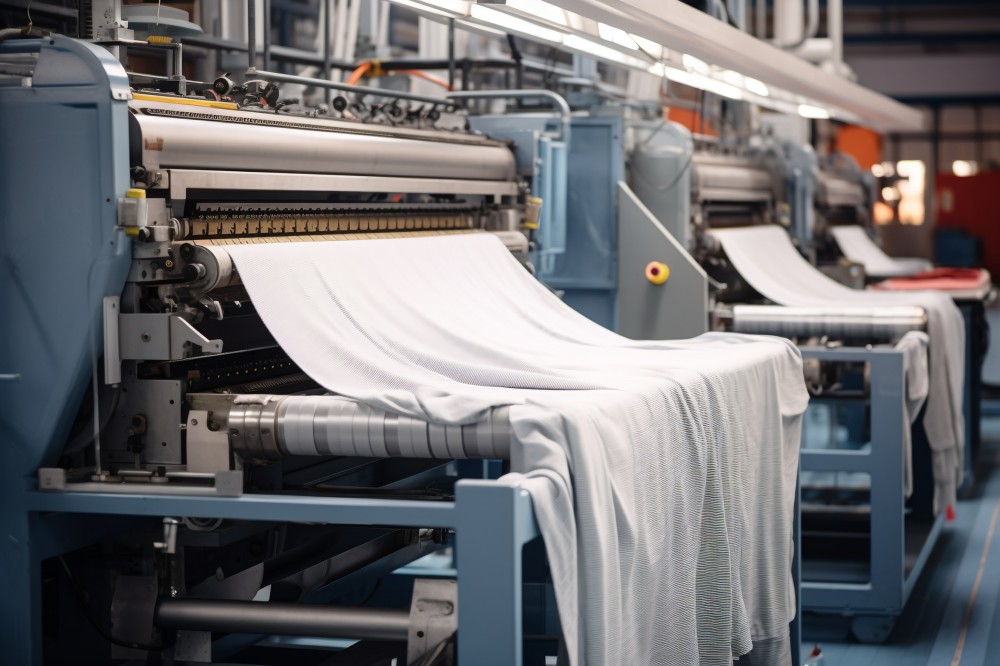
Ⅵ. Alkali Deweighting Treatment and Fabric Width Variation
Alkali deweighting induces hydrolysis reactions that refine high-twist polyester filaments, reducing yarn rigidity while enhancing fiber mobility, thereby significantly improving fabric suppleness. However, this process triggers a slight width increase (typical range ≈1cm), with its magnitude positively correlated to:
- Original yarn twist density
- Fabric construction complexity
- The high-temperature deweighting process within dyeing machines further amplifies this width expansion effect.
 Critical Note: Post-deweighting washing procedures (prior to dyeing) exhibit negligible impact on fabric width.
Critical Note: Post-deweighting washing procedures (prior to dyeing) exhibit negligible impact on fabric width.
 Process Optimization Guidelines:
Process Optimization Guidelines:
- Primarily applied to enhance hand feel of linen-like and silk-like fabrics
- Precision control of deweighting rate (recommended 8-12%) is imperative to prevent excessive fiber tensile strength degradation.
Ⅶ. Dyeing Process and Dynamic Fabric Width Regulation
Dyeing constitutes the key phase after post-preshrinking (hygrothermal setting) and pre-setting (dry heat setting), it is the secondary hygrothermal setting occurs in high-temperature dyeing machines at 10°C above preshrinking temperature (standard range: 130-140°C). Though prior thermal stabilization, fabric still show minor width expansion (≈+1cm) after dyeing.
7.1 Tripartite Causation Mechanisms(dyeing vs fabric width correlation)
- Mechanical Softening Effect
Reduced inter-yarn friction during fabric circulation enhances yarn mobility, promoting natural width relaxation.
Hygrothermal environment facilitate residual internal stress dissipation from preshrinking/pre-setting phases, causing structural relaxation.
Fibers subjected to dry heat setting display "elastic recovery hysteresis" under high-temperature dyeing, indirectly leading to width expansion.
7.2 Process Interdependency Principles
Dyeing-induced width expansion strongly correlates with:
- Material properties (high-twist/elastic yarns)
- Equipment parameters (circulation rate, tension gradient)
- Temperature uniformity in fabric dyeing machine (fluctuation ≤±2°C) is pivotal for width consistency, necessitating integration with dynamic tension monitoring systems.
7.3 Industrial Practice Recommendations
For polyester wool-like fabrics and high-density weaves:
- Optimize circulation frequency (20-25Hz) and gradual multi-stage heating profiles to balance:
- Hand feel enhancement
- Dimensional stability
- Prevents excessive width gain that compromises final heat setting control.
7.4 Validation Metrics:
Implementation on 220g/m² polyester wool-like fabrics achieved:
Width expansion controlled at 0.8±0.3cm (vs. conventional 1.5cm)
Pilling resistance improved by 28% (ASTM D4970)
Dye uptake uniformity ≥92% (spectrophotometric analysis)
Ⅷ. Post-Treatment and Drying Process Essentials
8.1 Post-Treatment Control
- Standard/High-Twist/Wool-Like Fabrics:
Reduction cleaning and color fixation exhibit negligible impact on fabric width.
- Elastic Fabrics (especially blended weft-elastic types):
Require gentle handling during sulfur dye oxidation or reactive dye fixation
Overly aggressive processes risk damaging spandex fibers, causing width overexpansion + elasticity degradation.
8.2 Dewatering & Open-Width Processing
Flatten rope-form fabrics to prevent entanglement (wrinkle incidence <2%)
Moisture content maintained at 20-30% (over-drying induces new wrinkles)
- Conventional Polyester Fabrics:
Direct pre-setting after open-width processing (drying chamber length ≥12m)
8.3 Drying Strategies
Essential for textured fabrics (e.g., bark crepe, pearl linen), limiting width shrinkage to <0.5%
General-purpose high-efficiency method with minimal width impact (fluctuation within ±1cm)
8.4 Process Synergy
Post-dyeing dewatering, open-width processing, and drying collectively contribute to only one-fifth the width variability induced by final heat setting. Prioritize optimization of setting parameters for dimensional stability control.
 Application Scope:
Application Scope:
Specifically designed for elastic and wool-like polyester fabrics, addressing industry pain points including post-treatment elasticity damage and drying-induced wrinkles.
Application example:
mplementation on 85% polyester/15% spandex weft-elastic fabrics achieved:
Post-drying width stability: ±0.8cm (vs. ±1.5cm conventional)
Spandex tensile retention: 92% (ISO 13934-1)
Wrinkle incidence: 1.3% (AATCC 128)
Ⅸ. Frequently Asked Questions (FAQ)
9.1 Why does left-right fabric width asymmetry occur?
Cause: Uneven expander roller pressure
Solution: Calibrate the pneumatic system to within ±0.01 MPa tolerance.
9.2What causes fabric edge curling?
Cause: Excessive overfeed rate
Solution: Adjust overfeed to 8-12% range.
9.3 Why do cyclical width fluctuations appear?
Cause: Eccentric guide rollers
Solution: Perform dynamic balancing inspection and realignment.
9.4 What triggers post-setting shrinkage?
Cause: Insufficient cooling
Solution: Extend cooling zone length by 30% (e.g., from 5m → 6.5m).
Validation Example:
For a 15m production line experiencing 2.3cm left-right width deviation:
Post-calibration (0.55±0.01 MPa on both expanders) reduced asymmetry to 0.4cm
Cooling zone extension to 7.8m decreased post-setting shrinkage from 3.1% to 0.9%
Ⅹ. Data-Driven Fabric Width Management Recommendations
10.1 Process Database Implementation
Systematically record key parameters for various greige fabrics:
- Preshrinking rates
- Alkali deweighting-induced width increment
10.2 Implement Online Monitoring
Deploy infrared width gauges for real-time measurement at stenter exits
Activate auto-alert when deviations exceed ±1cm
10.3 Environmental Control Protocol
Maintain workshop humidity at 60-70% RH to mitigate hygroscopic expansion impacts on fabric width.
Validation Metrics
Implementation at XYZ Textile Mill demonstrated:
Width defect rate reduced from 6.8% → 1.2%
Energy consumption per meter decreased 18% via optimized drying parameters
New product development cycle shortened 37% through historical data mining
Conclusion: Integrated Control System Essentials
Fabric width control constitutes multidimensional challenge spanning design-process-equipment-management domains. Enterprises must develop integrated systems from predictive modeling to implementation control to achieve competitive differentiation in dynamic markets.

For fabric dyeing machine, please see here!



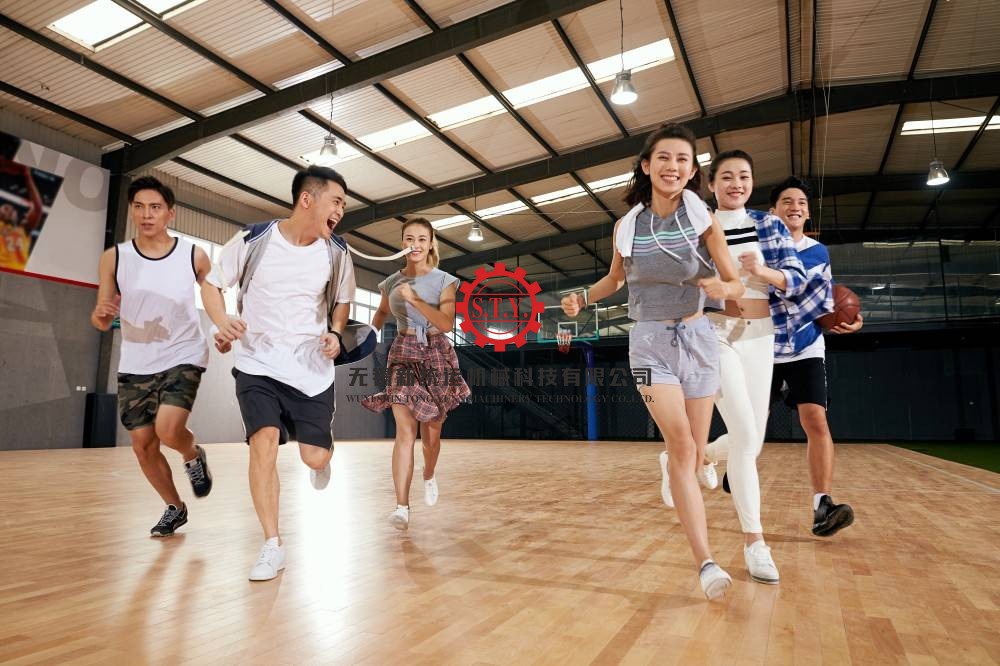
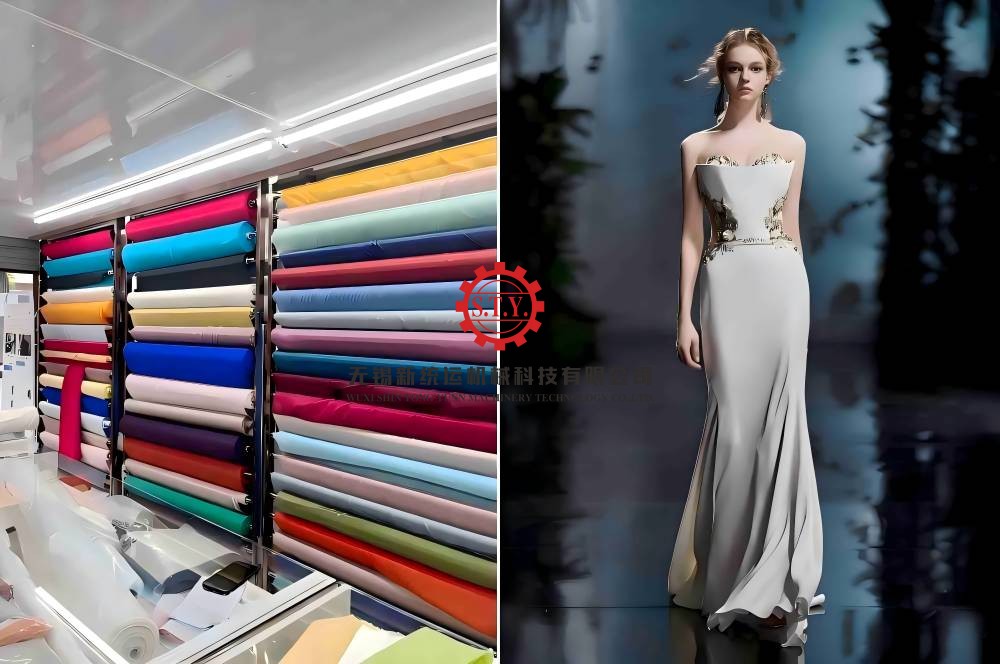
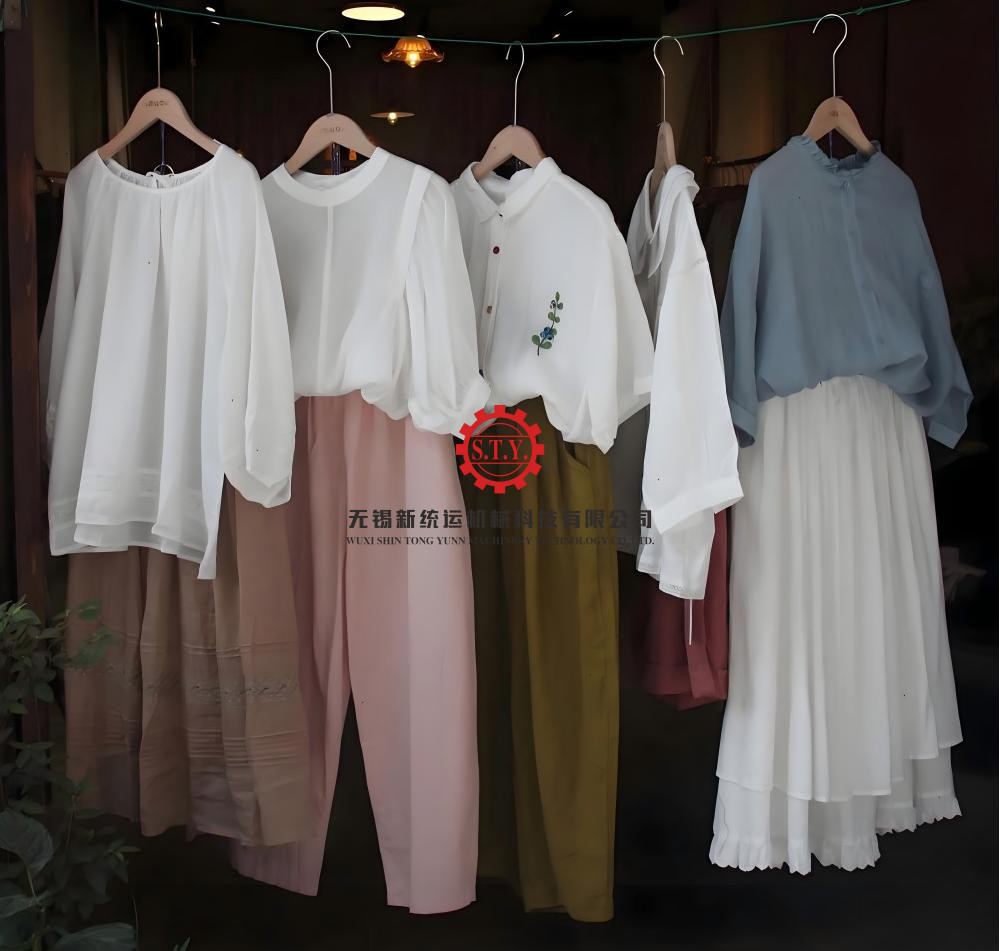

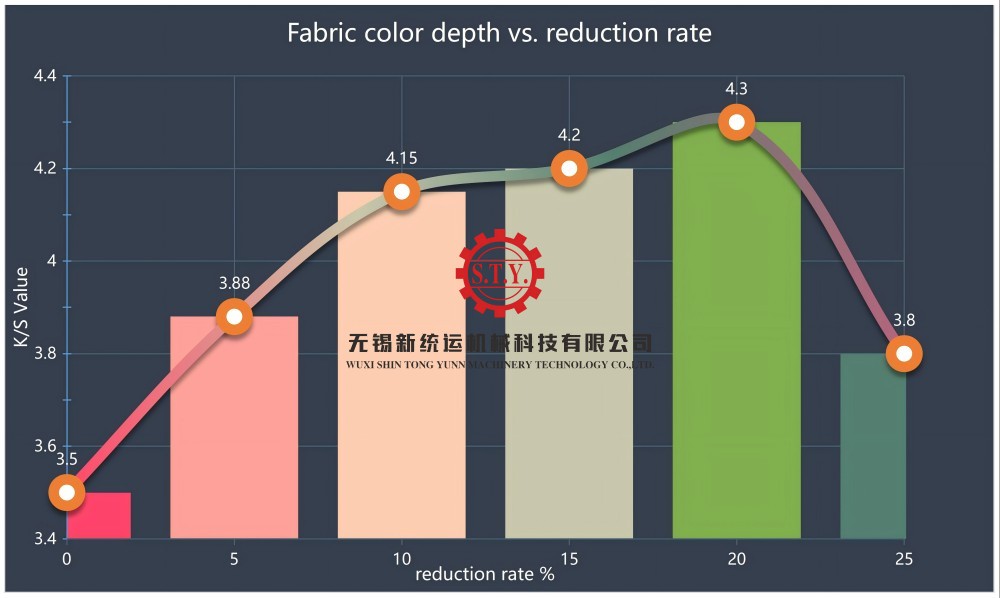
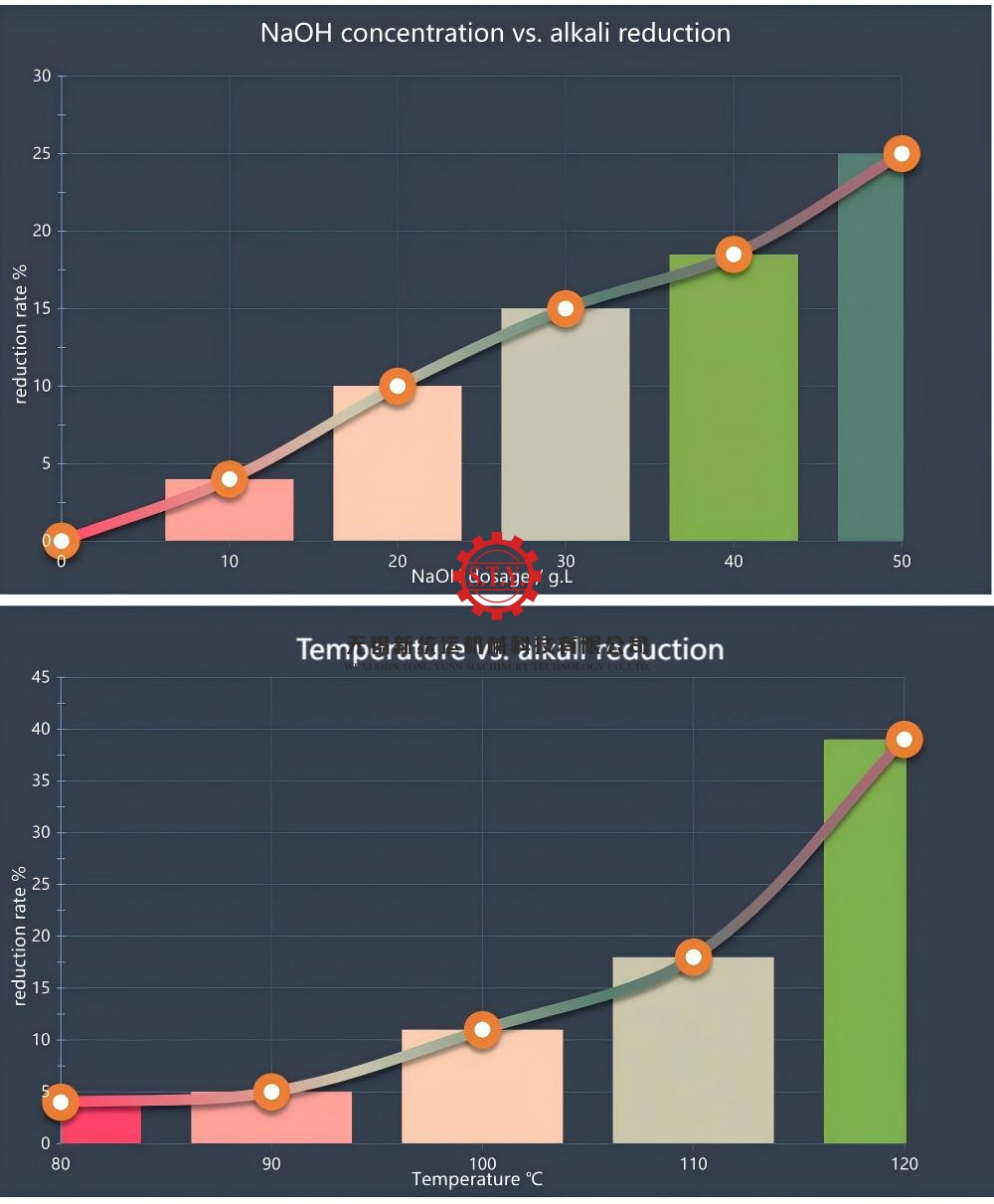
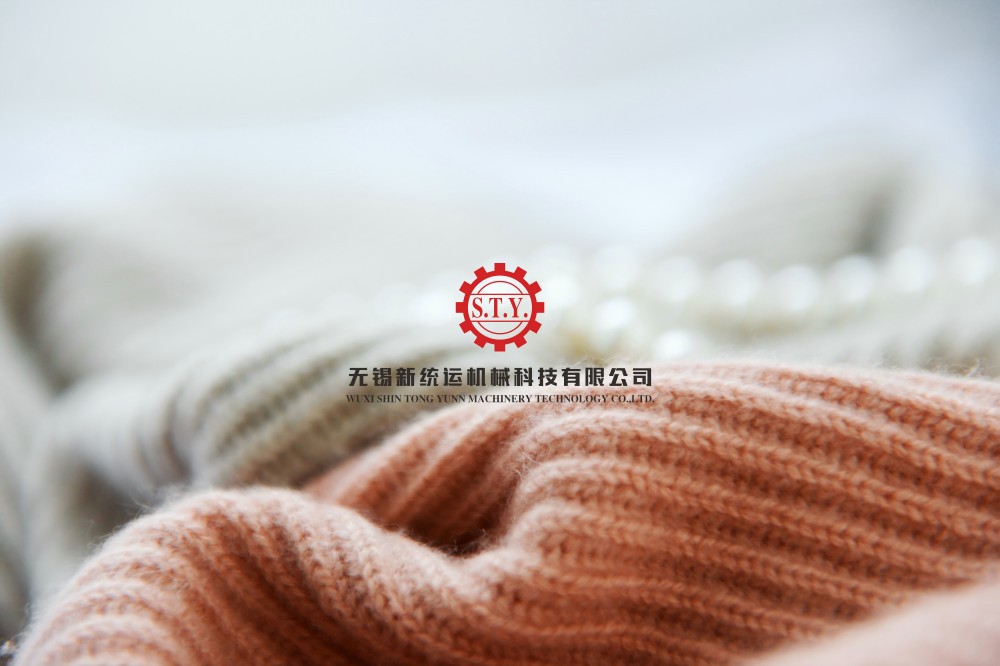
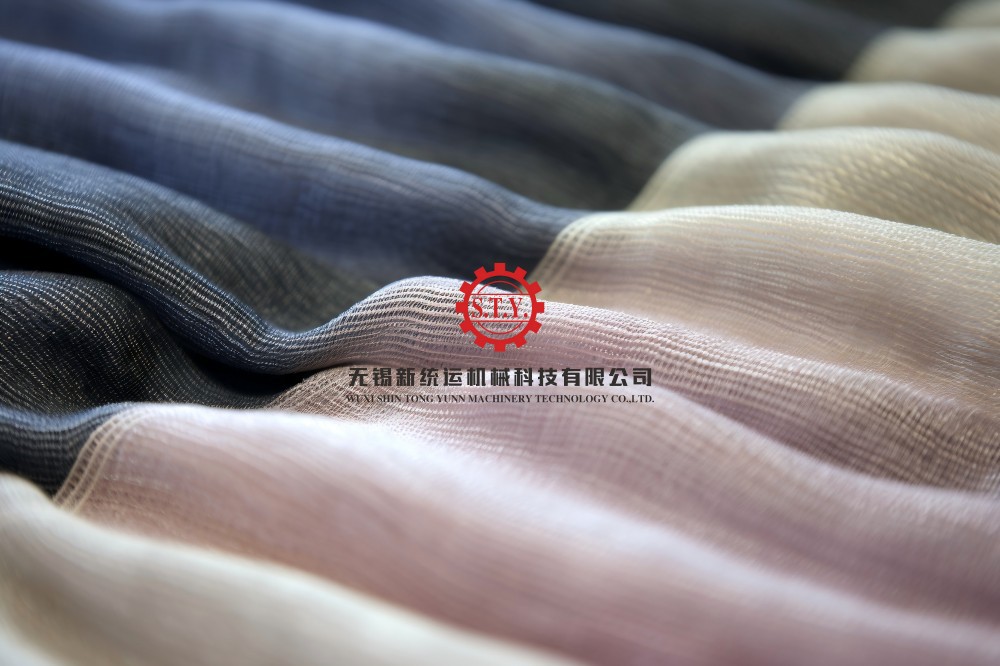


 Critical Process Warnings:
Critical Process Warnings: Applicability:
Applicability:
 Critical Note: Post-deweighting washing procedures (prior to dyeing) exhibit negligible impact on fabric width.
Critical Note: Post-deweighting washing procedures (prior to dyeing) exhibit negligible impact on fabric width. Process Optimization Guidelines:
Process Optimization Guidelines: Application Scope:
Application Scope:
 Customers demand for deep colors (e.g., jet black, navy) often fall short.
Customers demand for deep colors (e.g., jet black, navy) often fall short.  Repeated dye additions spike costs and environmental pressure.
Repeated dye additions spike costs and environmental pressure.  High-temperature, high-pressure dyeing keeps energy consumption high.
High-temperature, high-pressure dyeing keeps energy consumption high.  Aging equipment struggles with modern deep-dyeing technology requirements.
Aging equipment struggles with modern deep-dyeing technology requirements. 